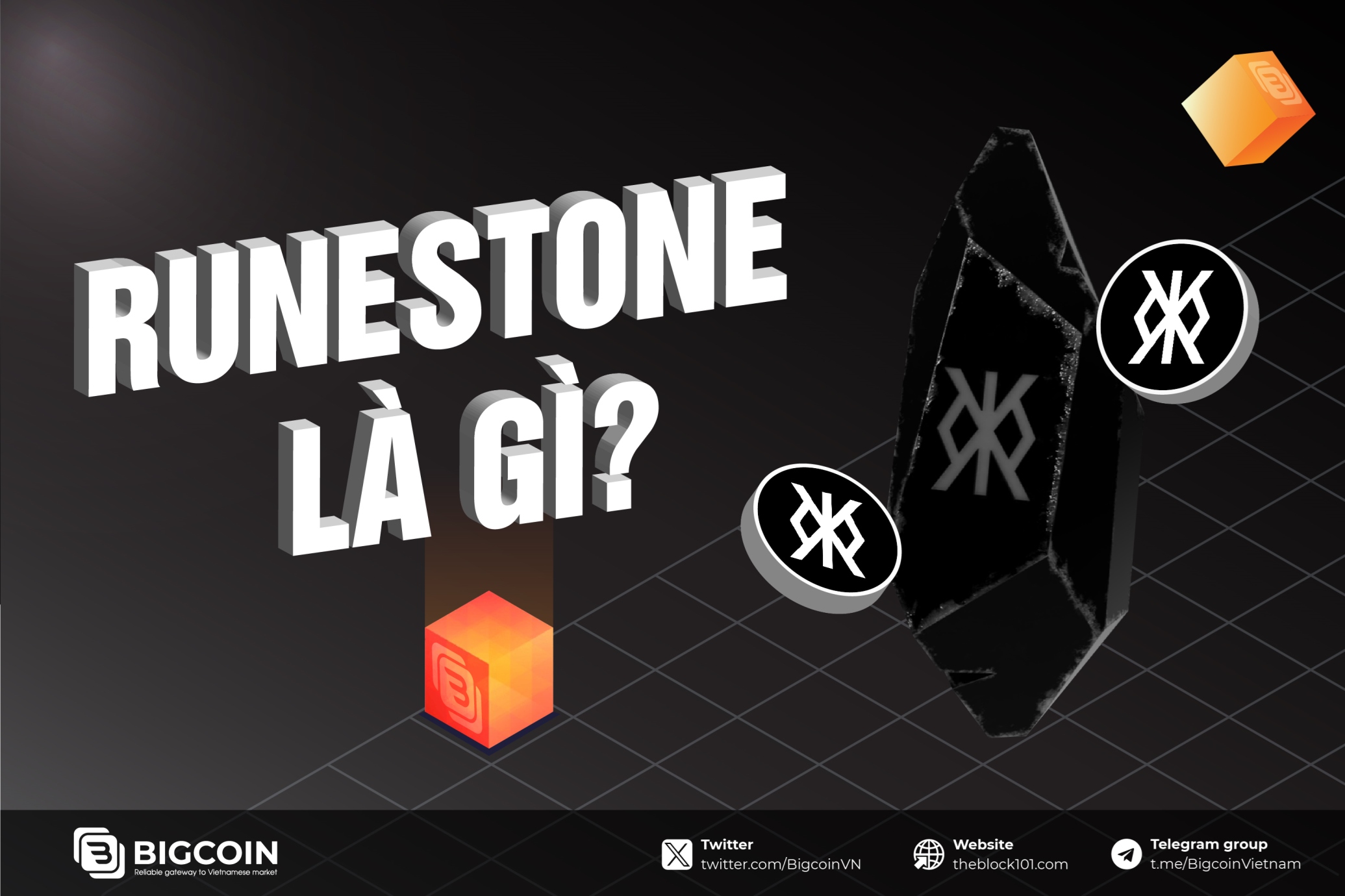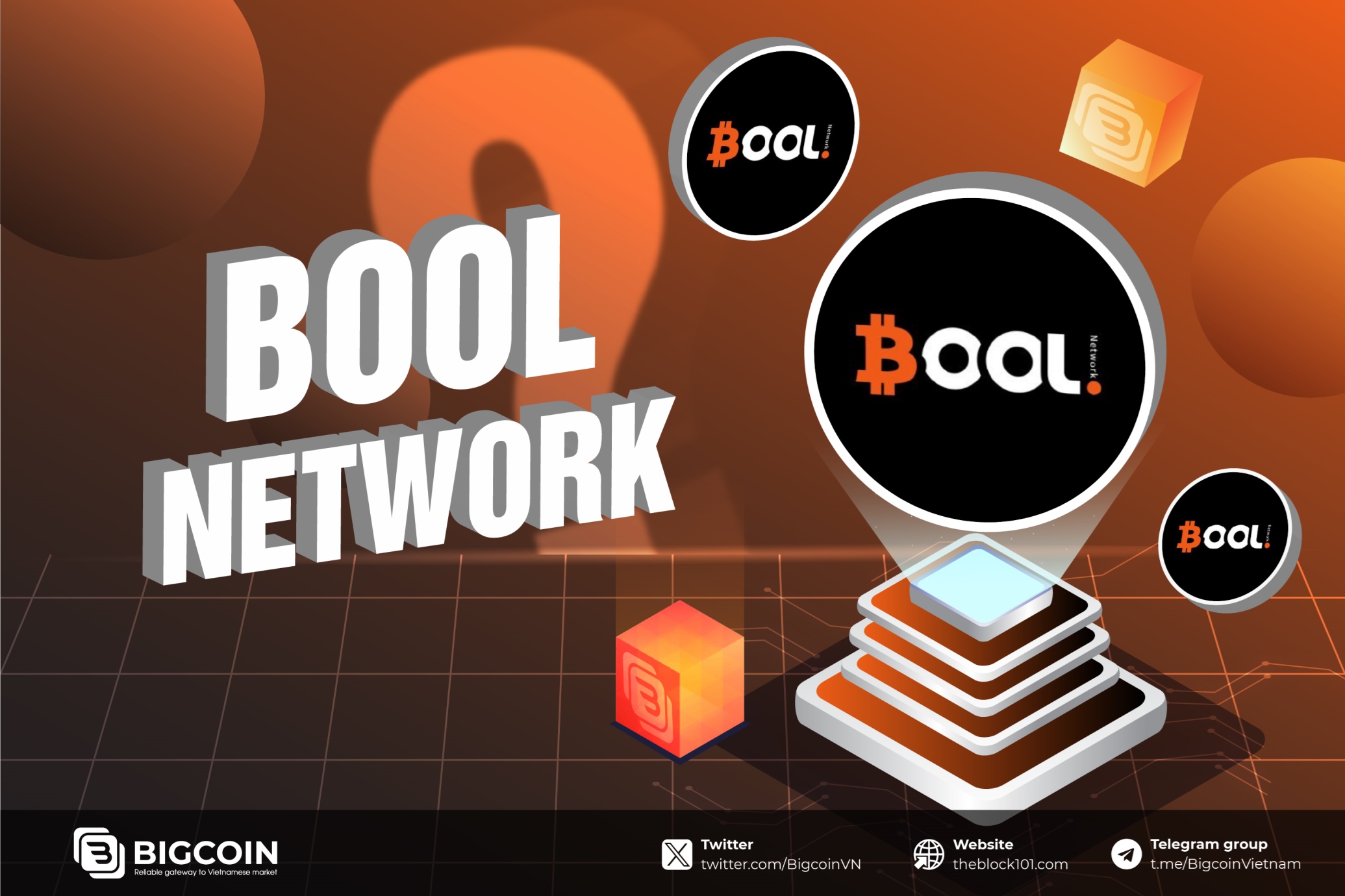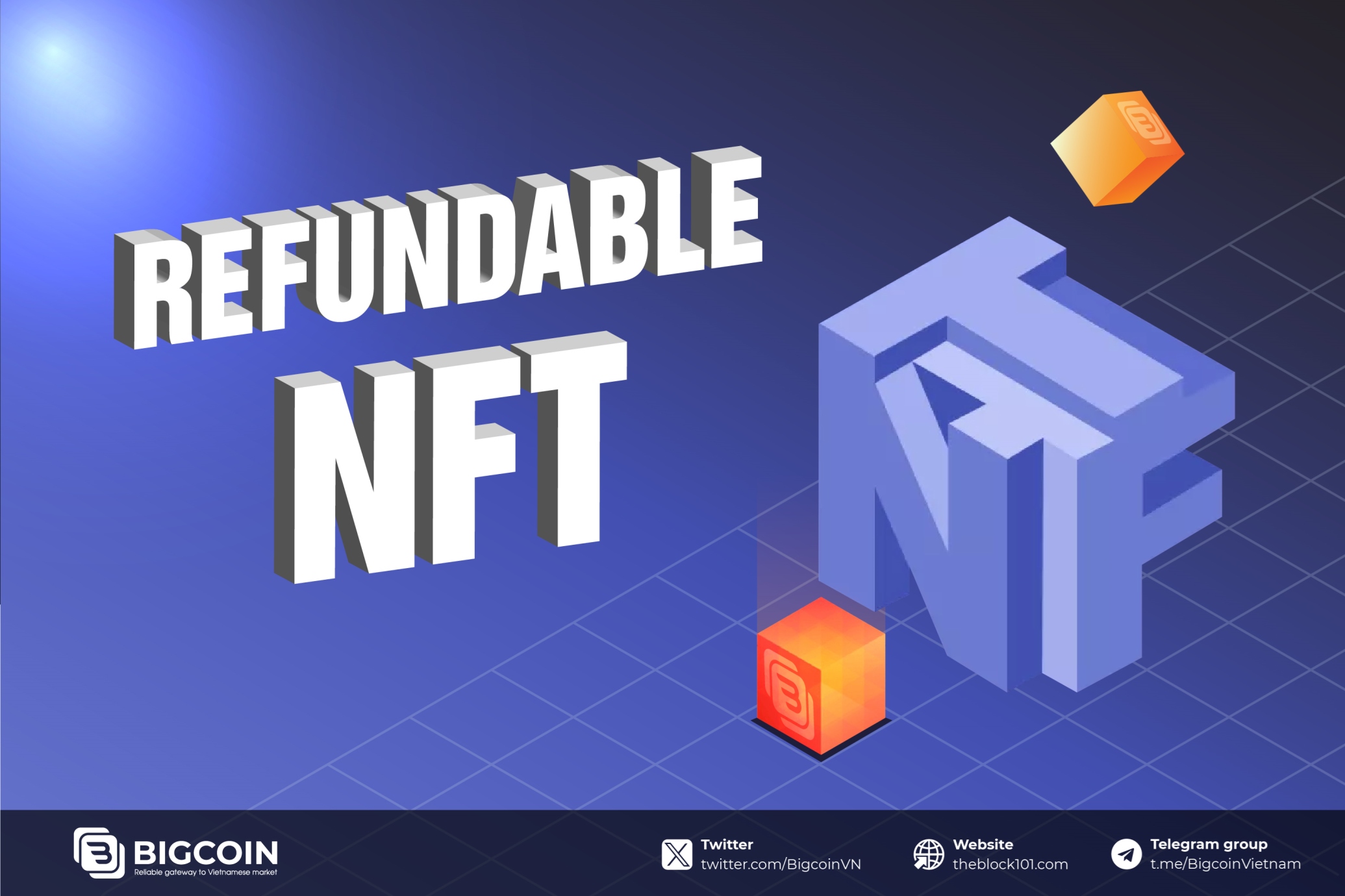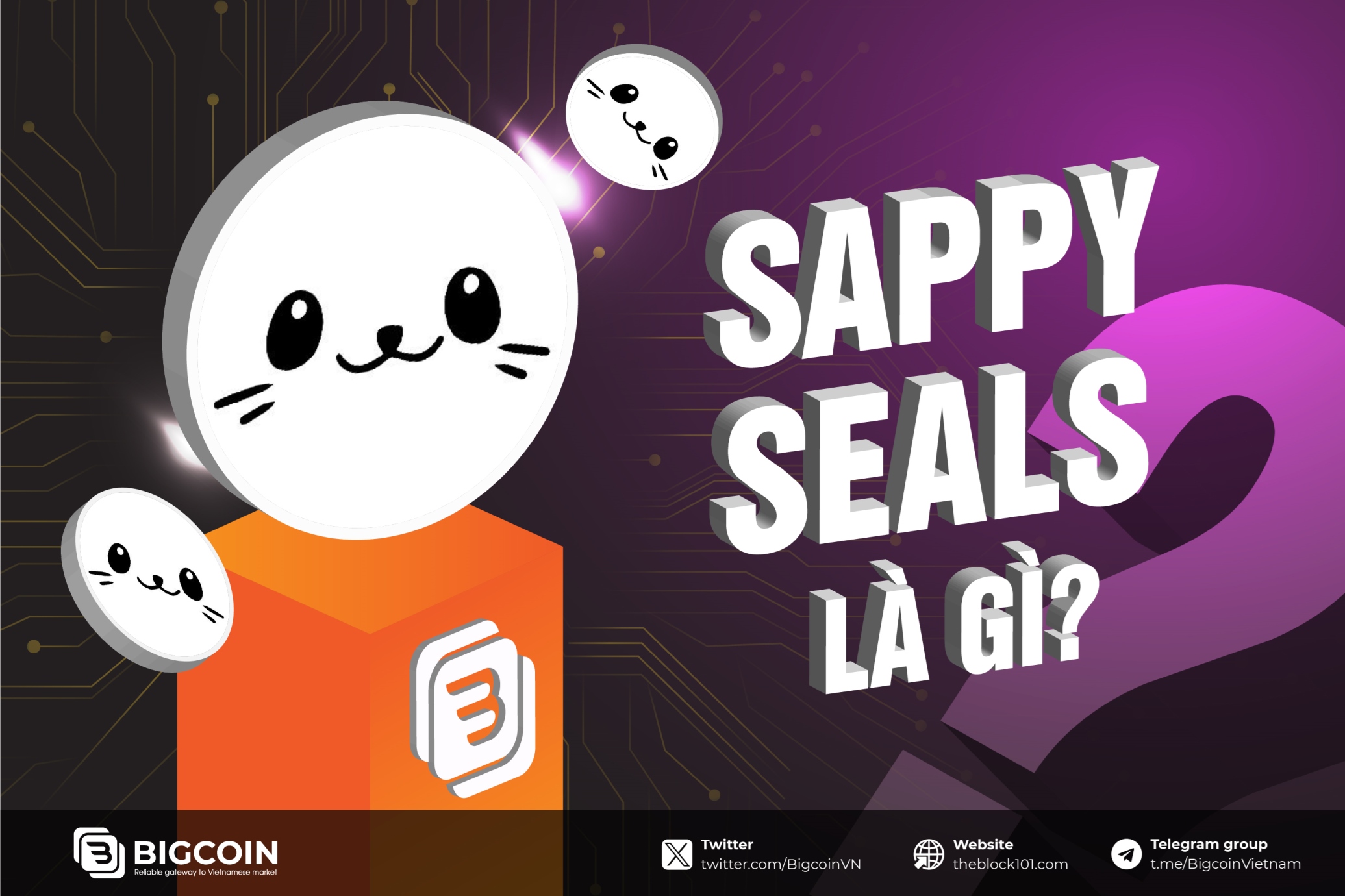1. What is NFT?
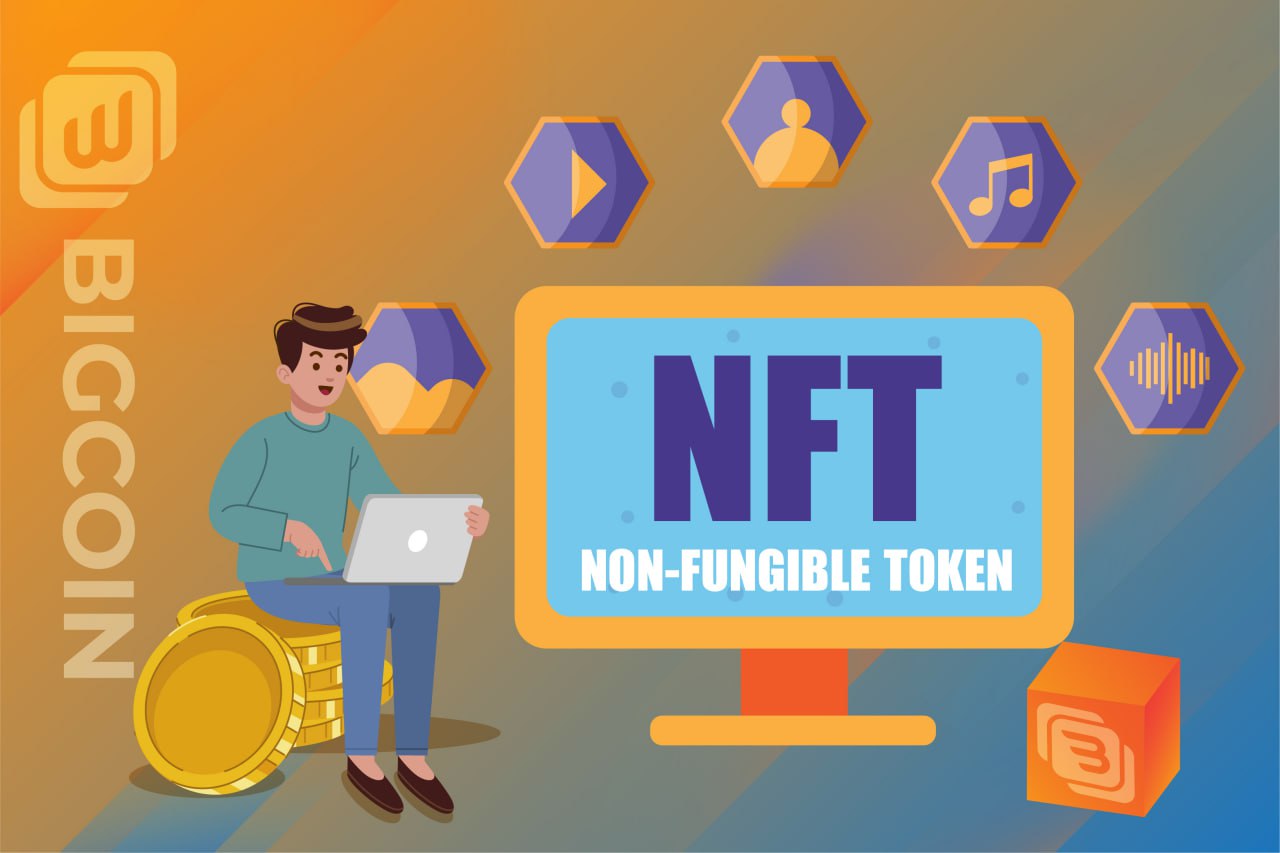
NFT stands for Non-Fungible Token, which is understood as a non-fungible token that serves as proof of authenticity and ownership in the digital realm.
Previously, investing in NFTs was not easy because the price of each NFT continuously increased rapidly, sometimes reaching several billion dong for an NFT.
With the strong development of the NFT market and the continuous launch of NFT-related financial products (also known as NFTFi), owning, co-owning, and buying/selling NFTs has become easier. much easier.
Currently, investing in NFT has become extremely simple, even for people with small capital (<500 USD) through 2 forms:
- Invest in buying NFT fragments (NFT fractionalization)
- Invest in potential NFT projects with low capitalization
In this article, Theblock101 will introduce 2 forms of investing in NFT projects as mentioned above.
2. NFT fractionalization - optimal solution for people with small capital
2.1. What is NFT fractionalization
NFT fractionalization or NFT fragmentation allows users to invest in NFTs without purchasing the entire work.

This method is ideal for those who want to invest in reputable collections in the market (e.g., BAYC, Pudgy Penguins, Cryptopunks…) but lack the funds to purchase an entire original NFT.
Similar to the crypto market, investing in projects with established standing is often considered a relatively safe investment approach, as these projects tend to experience fewer fluctuations and have less risk if any. The same concept applies in the NFT space.
However, unlike tokens, where users can buy 0.1 or 0.001 Bitcoin based on their available funds, purchasing NFTs is different. Since the number of NFTs in a collection is usually fixed at 10,000, 5,555, or 8,888 NFTs, the price of each NFT can be quite high, making it challenging for those with limited funds or those looking to diversify their investment.
Therefore, the "fractionalizing" of NFTs is seen as an optimal solution for users with smaller capital who want to invest in blue-chip NFT collections. By dividing an NFT into 1,000,000 fragments, it allows users to optimize their investment in NFTs and participate in high-value collections.
2.2. How to invest in NFT fractionalization?
One prominent project in the area of fractional NFTs is Flooring Protocol. Currently, the project supports 25 different collections.
This means users can invest in NFTs with a smaller amount of capital and "co-invest" with other investors when purchasing NFTs.
Flooring Protocol's platform allows users to fractionalize their NFTs through two options:
- The Vault: When transferring an NFT into this virtual vault, users will relinquish ownership of the NFT but will receive 1 million μTokens that can be traded on the market.
- Safeboxes: NFT owners can deposit their NFTs into a personal Safebox, receiving a Key (which confirms ownership of the Safebox) and 1 million μTokens.
For more detailed information, you can refer to the following article:
What is Flooring Protocol? Overview of the platform that breaks down NFTs into tokens
2.3. Benefits and drawbacks of investing in NFT fractionalization
2.3.1. Benefit
Flexible, easy to access: Investors can easily participate in the NFT market without having to spend money to buy a complete NFT at a sky-high price. For example, a small person can own a small portion of a work from a famous artist without having to pay the full value of the work.
Reduce risk and diversify investment: Fractionalization helps reduce risk by sharing investment capital with many people and diversifying your portfolio. For example, if an NFT does not grow as expected, the risk ratio will be distributed to many other investors.
Appreciation potential and easy resale: Holding on to a small portion of the NFT allows the investor to benefit from the increased value of the work and resell it if needed. For example, if the NFT value increases, investors can resell their small portion to recover capital or profit.
Access to artists and large projects: NFT Fractionalization opens up opportunities for people with small capital to invest in the works of famous artists and large projects. For example, investors can own a small portion of an NFT from a famous artist project without having to pay a large sum of money.
2.3.2. Risk
Legal Risks: NFT Fractionalization may be subject to legal risks and is not yet fully supported or regulated in some countries.
Costs and transaction fees: There may be costs and transaction fees when using fractionalization platforms, which reduces investor profits.
Management and organizational decisions: Management and decisions to sell or hold NFTs must be unified among the owners of small shares, which can create complexity in management and decision making.
Volatile market: The NFT market is highly volatile, which can reduce the value of fractional NFTs and increase investment risk.
Security: Participating in “fragmentation” of NFTs may increase the possibility of attacks and security issues.
3. Choose small-cap NFT projects
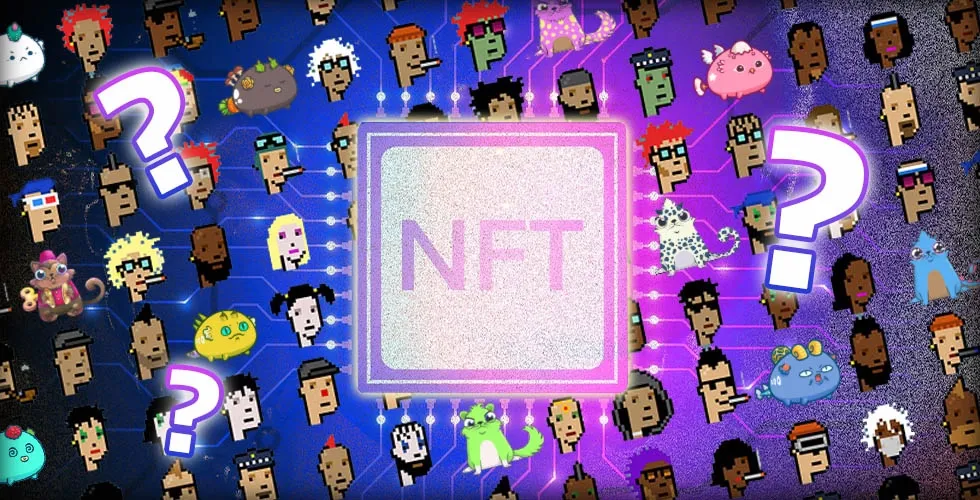
To invest in the NFT world with a small amount of capital, in addition to buying NFT fragments, you can choose NFT projects with small capitalization. So how can we choose potential projects? Let's refer to the following 6 steps to optimize opportunities and minimize risks when investing in NFTs!
Step 1: Research
First and foremost is to do research and research carefully. This helps you better understand trends and projects with growth potential.
Step 2: Choose a small-cap NFT project
Once you have a knowledge base, choose NFT projects that have small capitalization (under $500K) and have future growth potential.
Step 3: Join the NFT community, discuss
This is also an extremely important step because when participating in communities of experienced investors, information and sharing from them is a good source of information for you to refer to. At the same time, sharing perspectives with the community is also a way to understand the project more deeply.
The 3 active communities about NFTs that I know are:
- NFT Hamlet
- AANC
- Theblock101
Step 4: Follow KOLs about NFTs to update information fastest
KOLs often update information and give assessments about the quality of NFT projects on social networking sites like X. This is also a channel source to help you quickly grasp information and make wise decisions. than.
However, you need to choose the right KOL to follow to avoid encountering projects that are booked for advertising.
Some NFT KOLs you can follow include:
https://twitter.com/dingalingts
https://twitter.com/thekhuongeth
https://twitter.com/Tuong_Degennft
Step 5: Allocate capital appropriately
Please note that in any investment, you should not put all your money into just one project. What you should do is consider diversifying your budget accordingly to minimize risk.
Step 6: Monitor NFT value and update information regularly
Crypto is a rapidly changing market and so are NFTs. Updating information will help you make flexible decisions based on the latest information.
Above are the steps to take to invest in NFTs with small capital. So how to choose a small-cap NFT project with the potential to increase in price in the future? This will be made clearer in the next section.
4. NFT investment criteria are suitable for small capital
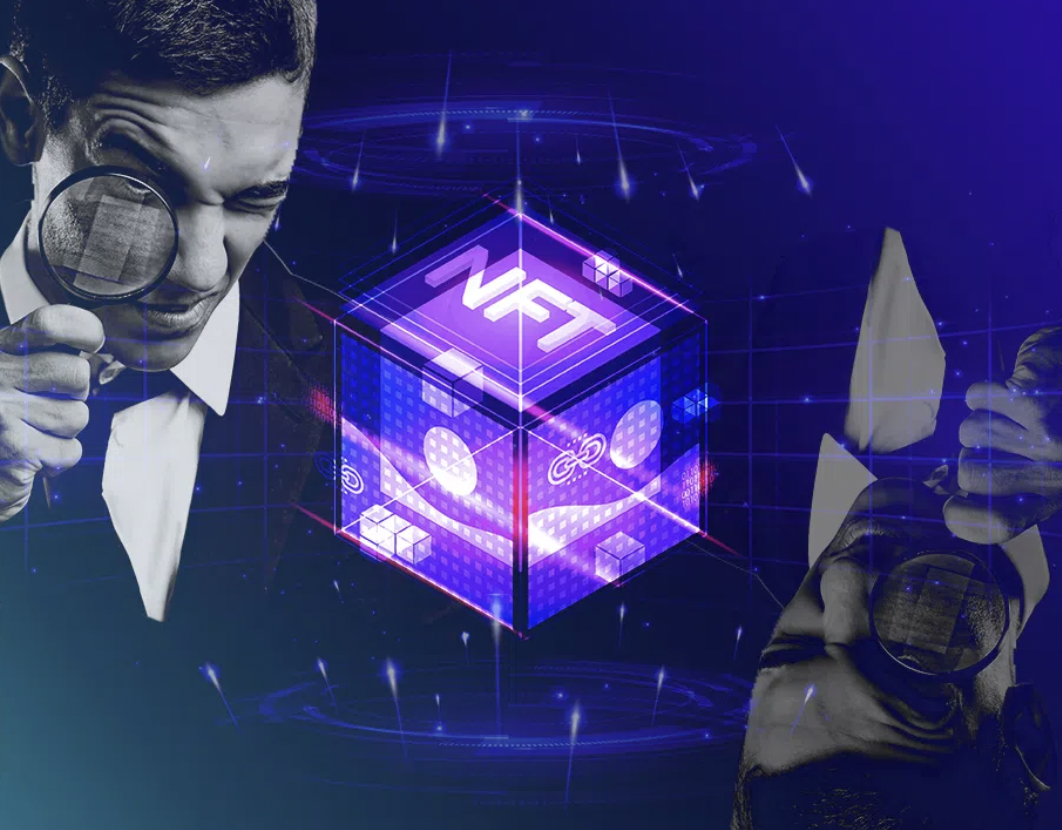
In case you enter the NFT market with a small capital, here are a few investment criteria worth considering:
- Low total NFT supply: this helps create scarcity and has greater upside potential.
- Reputable Backer: increases reliability, proves the potential of the project. Some prominent backers in the NFT world include Animoca Brands, Delphi Digital, a16z, Spartan Group, Binance Labs,...
- Active community: NFT projects have an active community in exchange, proving that the project has done a great job in attracting users and building trust.
- Cooperate with reputable partners: this can increase the value and reputation of the NFT project.
- Have a clear product release roadmap : helps ensure transparency and trust from the investment community.
5. Conclusion
In short, to be able to invest in NFTs with a small amount of capital, the most important thing is still knowledge and the ability to link data together to make decisions.
In the investment journey, in addition to knowledge, experience is also an important factor. Learning lessons from previous investments will help you gradually adapt to the constantly changing NFT investment environment.
Above is an article on the topic of investing in NFTs with capital under $500 and investing in NFT fractionalization as well as small capitalization NFT projects are two ways you can refer to. Hope you have received useful information through this article. If you have any questions, please leave them in the BigcoinVietnam group for answers.
Read more:

 English
English Tiếng Việt
Tiếng Việt


